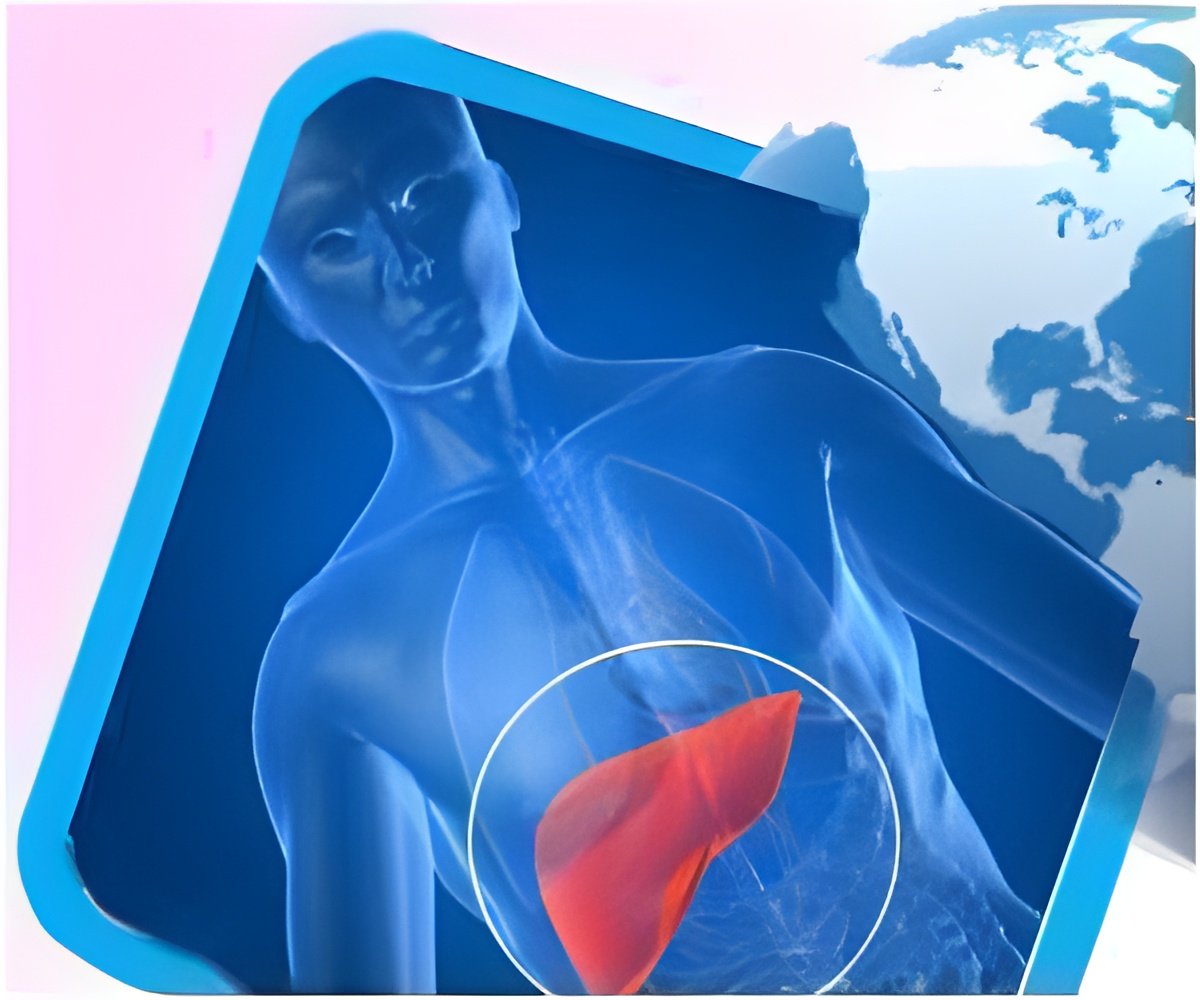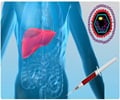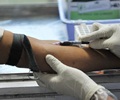Virological breakthrough (VBT) is common in patients receiving nucleoside analogs (NUCs) for chronic hepatitis B, a new study has revealed.

VBT is the first manifestation of antiviral drug resistance during NUC therapy of chronic hepatitis B. NUC drugs approved for treatment of chronic hepatitis B include lamivudine (LAM), adefovir (ADV), entecavir (ETV), telbivudine (TBV), and tenofovir (TDF). While the medications suppress the virus with few side effects, they do not eradicate HBV and require long-term treatment to provide clinical benefit. With long-term NUC therapy, studies have shown an increasing risk of drug resistance particularly with monotherapy regimens.
In the current study, Anna Lok, M.D. and colleagues from the University of Michigan Health System examined the incidence of VBT and genotypic resistance (GR) in 148 patients with chronic hepatitis B who were treated with NUCs between January 2000 and July 2010. The mean age of study participants was 45 years and 73% were male. Researchers reviewed medical records and recorded patient demographics, hepatitis B virus (HBV) markers, liver panel, blood counts and liver histology.
Results showed that during a mean follow-up of 38 months, 39 (26%) patients had at least one VBT, and upon retesting, 15 (38%) of these patients did not have a VBT and 10 had no evidence of GR. Researchers reported the probability of VBT, confirmed VBT, and GR at five years was 46%, 30%, and 34%, respectively. "Our analysis showed an alarmingly high rate of VBT in clinical practice and the only factor significantly linked to VBT was failure to achieve undectectable HBV DNA," said Dr. Lok.
HBV DNA decreased in the ten patients who initially experienced a VBT, but who did not have confirmed VBT or GR, when the same drug regimen was maintained. Nine of these patients had undetectable HBV DNA at the most recent follow-up, a mean of 7 months after the initial VBT. These data suggest that nonadherence to medication may be a common cause of VBT. "Counseling patients with chronic hepatitis B on the importance of medication adherence, and confirming reemergence of the virus and genetic mutations that cause resistance, can help to avoid unnecessary changes to antiviral treatments," advised Dr. Lok.
Advertisement














